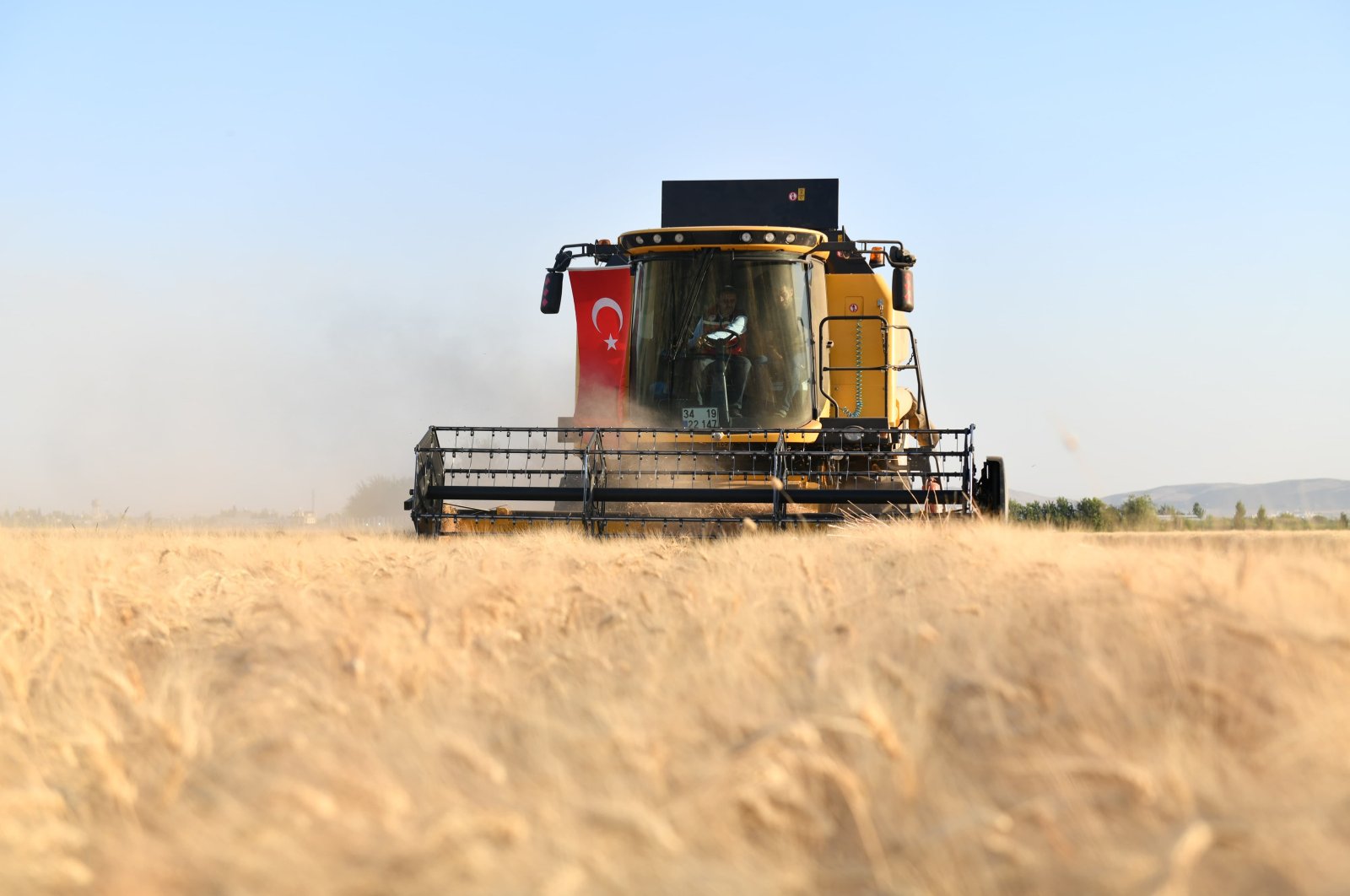Iran expects major drop in domestic wheat yields

Iran’s wheat harvest may drop to 9–11 million metric tons this year, down from 16 million mt in 2023, due to reduced rainfall, officials said. Dry-land yields have fallen, though better output is expected in the west and northwest. Iran may need to import up to 6 million mt to meet demand, reversing last year’s self-sufficiency milestone.
Officials from the Iranian ministry of agriculture said on Sunday that the country’s wheat harvest could amount to 9-11 million metric tons (mt) this year, down from the 16 million mt reported last year.
Mohammad Reza Talayi, a deputy agriculture minister, said that lower precipitation had caused a major decline in the yields of dry-land farms across Iran.
He said, however, that the western and northwestern provinces in Iran, where wheat is harvested in late summer, could experience better yields because of recent increases in rainfall.
The comments came after Gholamreza Golmohammadi, another deputy agriculture minister, said on Saturday that this year’s wheat crops in Iran could fall to as low as 8 million mt.
That means that Iran should import up to 6 million mt of the grain to respond to a rising domestic demand which has been exacerbated by cheap prices.
Iran spent more than $3 billion last year to buy nearly 12 million mt of wheat from its farmers.
The bumper crop enabled the government to declare self-sufficiency in wheat production and stop placing orders for sizable shipments of the crop from countries like Russia.
That comes as Iran had cut its annual wheat imports by 7 million mt to 1.8 million mt in the calendar year to late March 2024.
Iran has already started this year’s wheat purchase program in five provinces in its south.
The Government Trading Corporation said on Sunday that the government expects to buy wheat from more than 814,000 farmers until September, when the harvesting season ends in the country.
To Read more about Wheat News continue reading Agriinsite.com
Source : Press TV

















